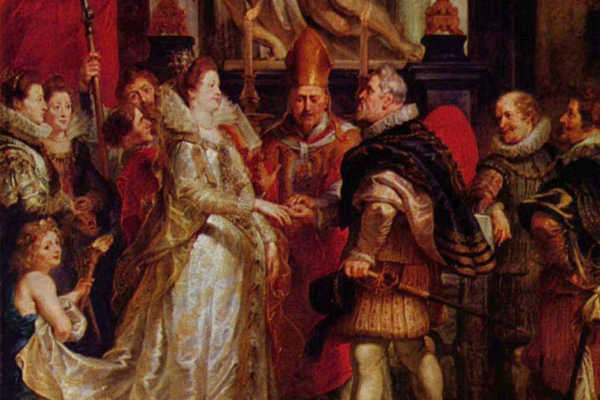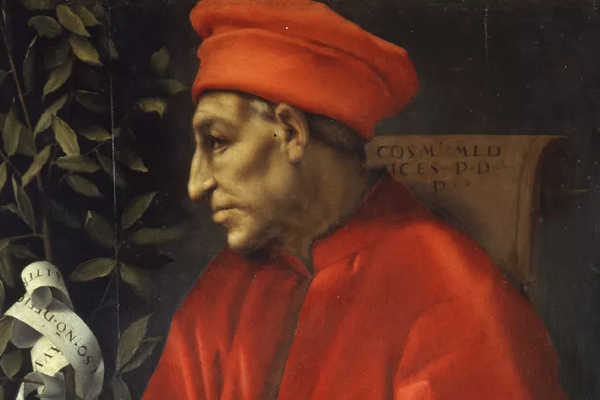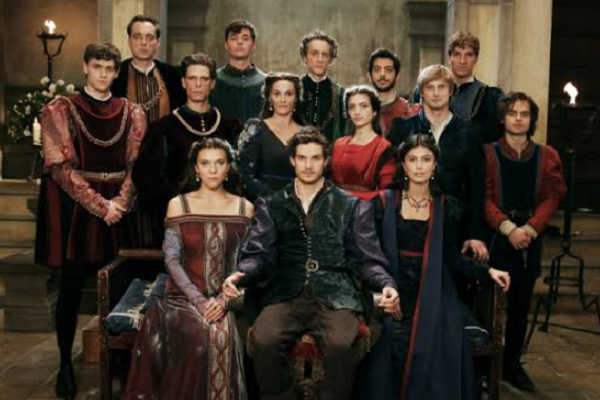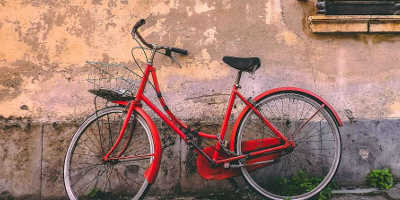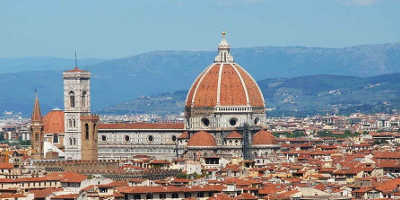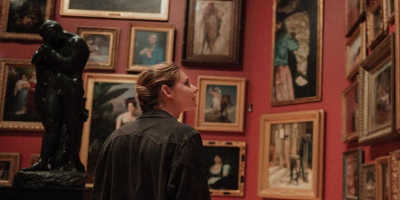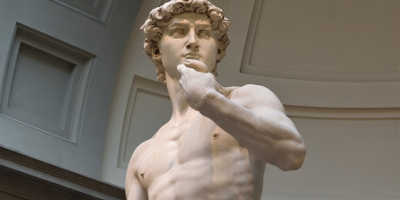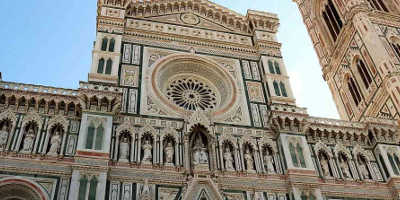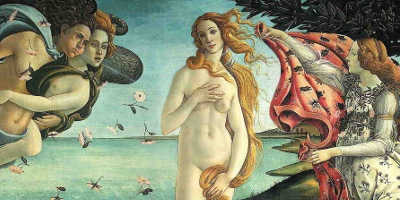Who were the Medici family?
Upon your research of Florence, you may have come across the name Medici, associated with many of the city’s attractions. But where did this name come from? And who were the Medici’s?
The Medici family, or the House of Medici, were a prestigious Italian banking family and political dynasty who held great power in Florence from the 15th to the 18th century. Originating in the Mugello region of Tuscany, the earliest records of the Medici’s date back to around 1046, with Medico di Potrone. As little is known about the early ancestry of the Medici family tree, historians have pondered whether the original family profession was a medical one, as Medici in Italian means ‘doctors’.
However, this is mere speculation and the true Medici dynasty began in 1360 with the birth of Giovanni di Bicci. At this point the family name was settled in Florence and the origins of the Medici bank were born too. With the help of his Uncle, Vieri de’ Medici, Giovanni started his career in banking under the family name, and rose fast through the ranks, soon becoming a junior partner in the bank’s branch in Rome. Working in this significant position in a major branch, Giovanni learned a lot and the bank began to flourish with his work. And so, when his Uncle retired in 1393, Vieri handed the bank over to his nephew, unknowingly securing the Medici name with a future of wealth and prosperity.
Giovanni officially named and founded the Medici bank in 1397, by which time he was handling the accounts of the Church and had branches throughout northern Italy and beyond. Despite his growing wealth and success, Giovanni worked hard to remain disconnected from the state and its politics, choosing to pay fines rather than accept positions of responsibility within the Florentine government. Furthermore, he made diligent efforts not to separate the Medici family from its fellow citizens, dressing himself and his sons in average working-class clothes, so as not to draw attention to themselves. Yet, behind the scenes Giovanni was setting his family on the path to becoming one of the richest dynasties in Europe. His sons were a result of his marriage to Piccarda Bueri, a noblewoman whose large dowry brought more wealth to Giovanni’s life. On his death he was the second richest man in Florence, and unusually well regarded by his fellow citizens, becoming a favourite amongst the Florentine public following his death.
This set his son, Cosimo, in an excellent position to continue his father’s work. The Medici bank continued to grow, expanding its business across Europe. Their main source of power though, came from the church. By becoming bankers of the Vatican and head of all the papal finances, the Medici’s had the power to threaten those who owed debts with excommunication. With this growth, however, came competition, and the Medici bank soon faced opposition from other Florentine families, such as Albizi and Corsi, now recognised as street names in Florence. This instability meant that Cosimo’s power was not absolute, despite his influence across many walks of Florentine society. Not just a skilled banker, Cosimo was also renowned for his patronage and artistic taste. He liberally donated much of the family fortune to enriching Florence to what is now referred to as the Italian Renaissance. His passion for religion and the arts is symbolised today by the famous Florence Cathedral, or Duomo di Firenze, made possible by Cosimo’s patronage, which allowed the bankrupt architect Brunelleschi to complete Florence’s iconic dome. This is perhaps what led to Cosimo’s title of ‘the Elder’. Or perhaps this came after his death, as a variant of his honorary title Pater Patriae, ‘Father of the Nation’.
Cosimo’s the Elder’s other notable associations are with Donatello’s statue David and many artistic masterpieces by Fra Angelico. These and his establishment of the Platonic Academy for the study of ancient works contributed to the Medici family spending 600,000 gold florins towards the commission of important buildings, artistic work and education. Medici’s connection with the Renaissance movement continued throughout their family tree, becoming prolific collectors of special works as well as commissioners.
Today, their influence can be seen across Florence, from their sculpture collection in the Galleria Degli Uffizi to the Boboli Gardens designed specifically for them, and now enjoyed as a historic park for the public. The rich history and fascinating rise to power of the Medici dynasty has even sparked a TV series which is set to run for a third season, following the success of the first – Medici: Masters of Florence. It follows the death of Giovanni and the succession of Cosimo, his son, at a point where the Medici name was snowballing into its eminence. The making of the show and its success goes some way in demonstrating the influence this family had and their unrivalled rise to power, from simple merchants to owners of the largest bank in Europe, sparking an economic and cultural revolution.
The Medici legacy is now left behind in popular works and buildings throughout Florence. See their incredible influence for yourself on our Florence walking tour with Uffizi Gallery included. As you admire Florence’s wonders say a small thanks to the Medici’s, as who knows what Florence would have been without them.
Related article: Where are Florence’s most important churches?

